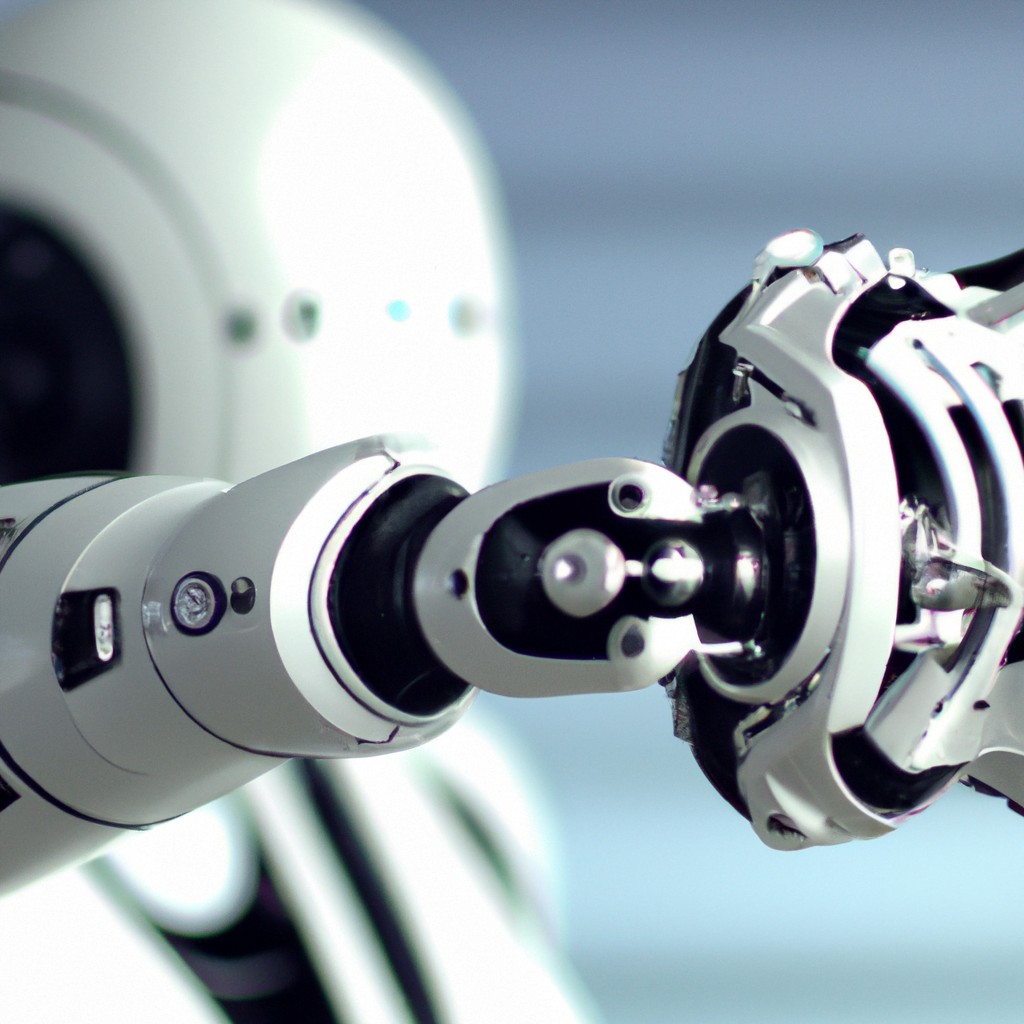The future of art exhibitions: Immersive experiences with AI
Art exhibitions have always been a captivating way to experience creativity and expressiveness. They allow us to explore various forms of art, from paintings and sculptures to multimedia installations. In the future, with the help of Artificial Intelligence (AI), art exhibitions are set to become even more immersive and awe-inspiring. Let’s dive into the exciting world where technology meets art!
Immersion in Art Exhibitions
Traditionally, art exhibitions have involved visiting galleries or museums, where viewers observe artworks on walls or pedestals. While this can be a wonderful experience, AI offers the potential to take immersion to a whole new level.
Virtual Reality (VR) and Art
Virtual Reality is a technology that creates a simulated environment, allowing users to experience a different reality. In art exhibitions, VR can transport viewers into a virtual world where they can interact with digital artworks in ways not possible before. Imagine walking through a painting or exploring a sculpture from different angles, all while wearing a VR headset!

Augmented Reality (AR) and Art
Augmented Reality blends digital content with the real world, enhancing our perception of the environment. In the context of art exhibitions, AR can overlay digital information, such as additional details, animations, or even stories, onto physical artworks. It enables viewers to gain a deeper understanding of the art and its context while engaging with it in an interactive and immersive way.
AI-Generated Artworks
Artificial Intelligence can also create its own artworks. By analyzing patterns and styles from existing artwork databases, AI algorithms can generate original pieces. These creations can range from paintings and sculptures to music and poetry. AI-generated artworks challenge our traditional notions of creativity and open up new possibilities for artistic expression.
Collaborations between Artists and AI
AI is not here to replace artists; instead, it can serve as a creative tool and collaborator. Artists can use AI algorithms to generate ideas, experiment with new techniques, and push the boundaries of their artistic practice. By embracing AI as a partner, artists can explore uncharted territories and create art that merges human creativity with the computational power of machines.
Benefits and Considerations
The integration of AI in art exhibitions brings numerous benefits. It allows for personalized and interactive experiences, widening access to art, and stimulating creativity. However, it is essential to consider ethical implications, such as ownership and authenticity of AI-generated artworks, as well as ensuring equitable access to technology-based art experiences for all.
The future of art exhibitions holds incredible possibilities with the integration of AI. Virtual Reality and Augmented Reality enable us to step into a world where art surrounds us, offering immersive experiences like never before. AI-generated artworks and collaborations between artists and AI push the boundaries of creativity, challenging traditional notions and inspiring new forms of expression. As technology continues to evolve, art exhibitions are poised to become even more engaging and captivating, inviting us to explore the intersection of art and AI.






